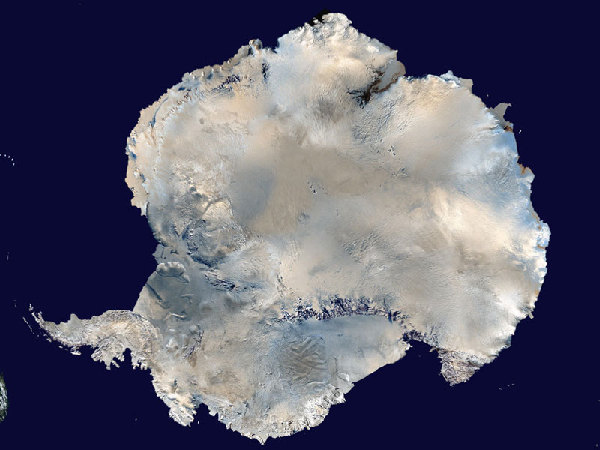

 |
|
Antarctica is pictured in this undated image courtesy of NASA. Scientists found that a high ridge in the East Antarctic Plateau contains pockets of trapped air that dipped as low as minus 136 Fahrenheit (minus 93 degrees Celsius) on Aug 10, 2010, researchers said at the American Geophysical Union meeting in San Francisco on Dec 9, 2013. [Photo/Agencies] |
Scientists made the discovery while analyzing 32 years of global surface temperatures recorded by satellites.
They found that a high ridge in the East Antarctic Plateau contains pockets of trapped air that dipped as low as minus 136 Fahrenheit on August 10, 2010, researchers said at the American Geophysical Union meeting in San Francisco.
The previous record low was minus 128.6 F (minus 89.2 C), set in 1983 at the Russian Vostok Research Station in East Antarctica, said Ted Scambos, lead scientist at the National Snow and Ice Data Center in Boulder, Colorado.
"We had a suspicion this Antarctic ridge was likely to be extremely cold, and colder than Vostok because it's higher up the hill," Scambos said in a statement.
The temperatures are about 50 degrees F colder than anything recorded in Alaska or Siberia.
The research grew out of studies of snow dunes. Scientists noticed cracks in the snow and wondered if the top layer of snow was shrinking. That set them off on a hunt for temperature data.
The super-cold temperatures are due to air being caught and held for a while. If the skies are clear for a few days, the ground radiates remaining heat into space, creating a layer of super-chilled air above the snow.
"By causing the air to be stationary for extended periods, while continuing to radiate more heat away into space, you get the absolute lowest temperatures we're able to find," Scambos said.